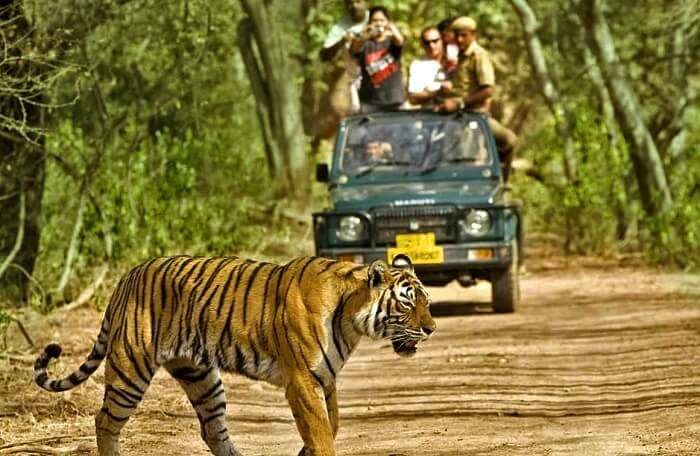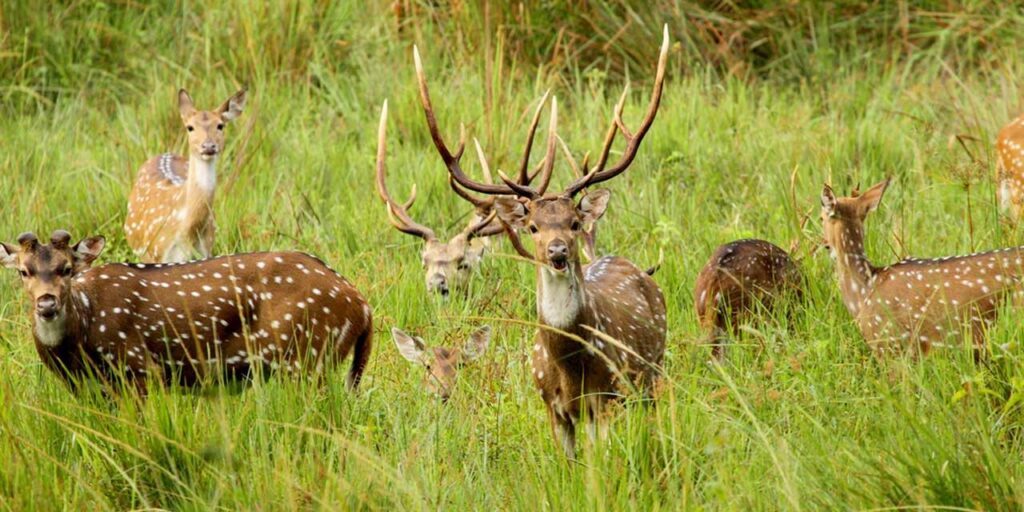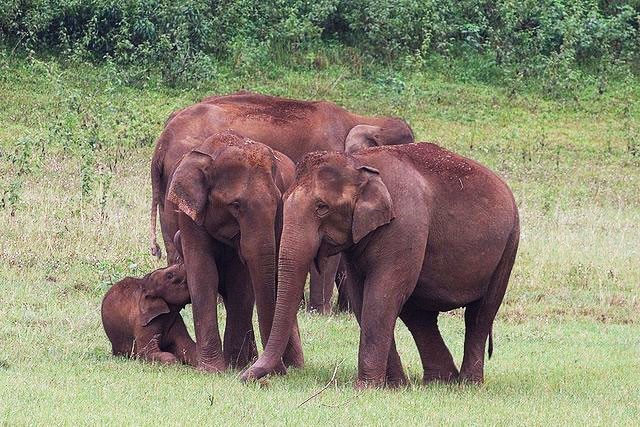3rd March: Visit Wildlife Sanctuaries on World Wildlife Day

India is a land of picturesque landscapes, a habitat of incredible wildlife, varied weather, and enthralling rivers and waterfalls. It is a most-loved and remarkable destination for people to visit across the world. Nature lovers always seek to find the opportunity to discover something new in the serene beauty of nature. Discovering wildlife has been their favorite leisure activity. India is a biodiverse region in the world with Himalayan wildlife in the north, evergreen forests in the south, a sandy environment in the west, and marshy land in the eastern region. 3rd March is celebrated as World Wildlife Day across the world for people to pay attention to preserving the diminishing species of animals.
India has quite a significant number of national parks which cover approximately 15,600 square miles of protected land. India is said to be one of the 17 countries that host about 70 percent of the world’s biodiversity but unfortunately, poor ecosystems and irrelevant interference of humans have caused the extinction of many rare species.

Wildlife Sanctuaries in East India
The diverse environment and unique flora and fauna make the eastern region of India famous among tourists. Some distinguished wildlife sanctuaries have rare species of animals that give visitors a different experience. Some of the famous sanctuaries are Kaziranga Wildlife Sanctuary, Manas Wildlife Sanctuary, Namdapha Wildlife sanctuary, Simlipal wildlife sanctuary, Sundarbans Tiger Reserve, Itanagar Wildlife Sanctuary, Sirohi, and Kanchenjunga National Park.
Wildlife Sanctuaries in North India
In north India, not only tourists but also ornithologists and researchers visit the wildlife sanctuaries. With a rich wealth of flora and fauna, they are mostly located in the Himalayas and the Aravalli Mountain range. The famous wildlife sanctuaries are Manali Wildlife Sanctuary, Nanda Devi Sanctuary, Corbett National Park, Hirpora Wildlife Sanctuary, Nargu Wildlife Sanctuary, and the Great Himalayan National Park. The protected areas for tigers as Dudhwa Tiger Reserve are meant for preserving the deteriorating number of tigers in India.

Wildlife Sanctuaries in South India
The unique topography and varied climate give a mesmerizing experience to tourists. South Indian Wildlife Sanctuaries are dense forests that provide the required environment to some of the rare species of animals in the world. Most of them are located in western ghats which are the natural protection to wildlife. Apart from this, there have been significant steps taken by the ecological conservation department. Some famous wildlife sanctuaries are Periyar National Park, Begur Wildlife Sanctuary, Bandipur National Park, Begur Wildlife Sanctuary, Dandeli Wildlife Sanctuary, Chinnar Wildlife Sanctuary, Nagarjunasagar-Srisailam Tiger Reserve, Annamalai Wildlife Sanctuary, and Mudumalai Wildlife Sanctuary.
Wildlife Sanctuary in West India The western part of India is not only rich in culture and heritage but also its adventurous wildlife sanctuaries. The famous National Parks and wildlife sanctuaries in West India are Gir National Park, Tadoba National Park, Ranthambore Tiger Reserve, Kutch Desert Wildlife Sanctuary, Melghat Tiger Reserve, Barda Hills Wildlife Sanctuary, Bharatpur National Park, Bhimshankar Wildlife Sanctuary, etc. Among the rare species of animals, Asiatic Lions, Blackbucks, Indian Wild Ass, Ridley Turtles, Eels, wolves and many more can be seen here.